Fat Destroyed Her Liver, A Transplant Saved Her Life
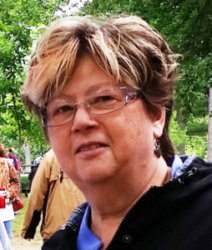
Fat Destroyed Her Liver, A Transplant Saved Her Life
On a Friday evening in the spring of 2010 after a long work week, Debbie was rushed to hospital after she began throwing up blood and noticing her stools were black. Spending weeks in and out of Ottawa General Hospital, Debbie underwent testing via bloodwork, ultrasounds and MRI’s until she was finally diagnosed with a disease she had never heard of before—non-alcoholic steatohepatitis (NASH)—the most severe form of non-alcoholic fatty liver disease (NAFLD).
NAFLD begins when too much fat is stored in the liver, usually caused by a poor diet and lack of exercise. Unfortunately, Debbie was not only unknowingly living with this liver disease that affects over 7 million Canadians, but also presented many of the significant risk factors including being overweight, and having type 2 diabetes and high blood pressure. When NAFLD is left untreated like in Debbie’s case, scarring (cirrhosis) occurs, and liver cancer or liver failure can be not far behind.
“My specialist encouraged me to follow more holistic methods like eating healthy and getting active after I was diagnosed,” says Debbie. “Unfortunately, this all became nearly impossible once the toxins began to fill in my body.”
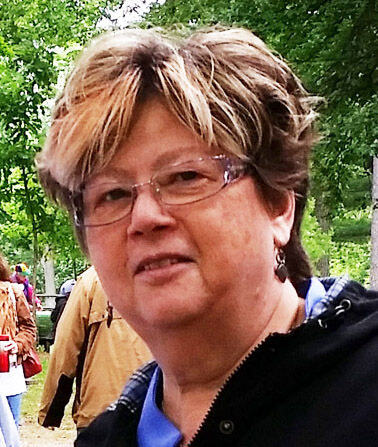
By the end of April in 2011, Debbie’s condition had worsened due to excess toxins building up in her body and affecting her brain (a condition known as hepatic encephalopathy). Her health began to deteriorate so much so that she was no longer able to work or drive safely. Eventually, her family decided that it was dangerous for Debbie to be living alone any longer and moved her in with her elderly mother.
In the meantime, Debbie’s specialist made prompt arrangements for her to see the liver transplant team at Toronto General Hospital. Debbie relied on her sister Cindy to take her to all of her appointments in Toronto that would determine if she could be put on a liver transplant list.
With her condition worsening, Debbie was placed on the transplant waiting list in just six months. Her family was told that it could take up to seven years for a deceased organ donor and encouraged to look for matching live donor within family or friends.
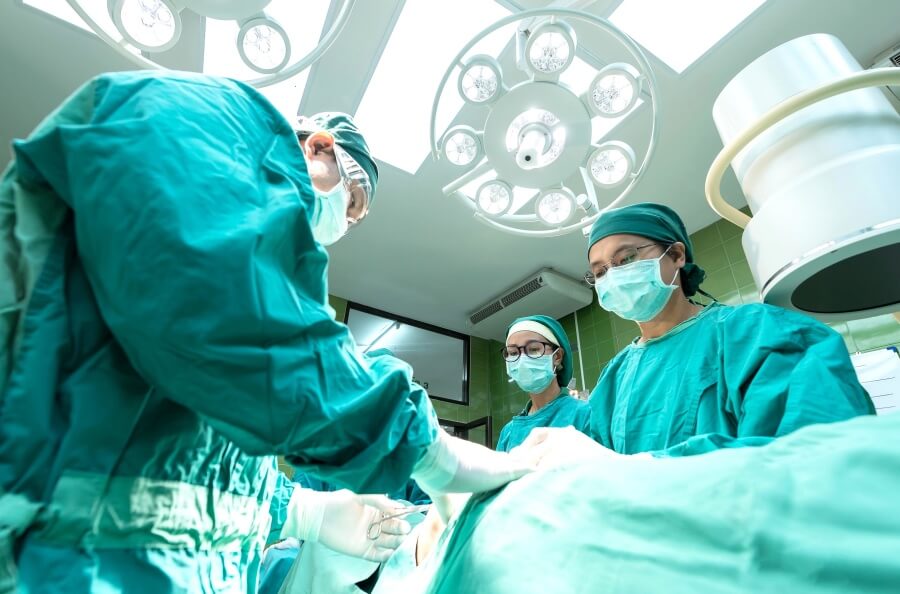
Despite her reluctance, Debbie eventually brought up the matter with her family and almost immediately, her youngest brother, David, had undergone all the tests and was determined to be Debbie’s match.
David’s liver biopsy showed that he too had too much fat in his liver and was told that he could not be Debbie’s donor until he lost 40 lbs and reduced the fat in his liver to zero. Over the next three months, David followed a closely monitored liquid diet to ensure he safely lost the fat in his liver.
Numerous biopsies and a couple of cancelled surgery dates later, David was clear to donate two-thirds of his liver to Debbie. The surgery was successfully completed in April of 2012.
When surgeons removed Debbie’s diseased liver, it was a solid mass of scar tissue. Debbie spent a week in the hospital recovering, and another month living close by for follow-up appointments. Her recovery had it’s ups and downs, having to return to Toronto twice over the following months to stretch out her bile ducts and alleviate the itching that excess bile was causing her.
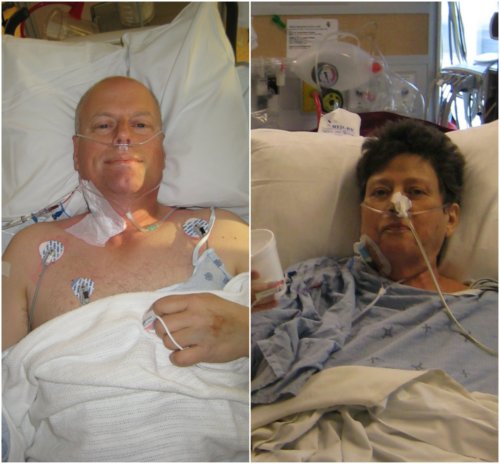
“The first thing everyone noticed after my transplant was the colour of my skin—I wasn’t yellow anymore,” says Debbie. “My medication has had to get adjusted a couple of times due to complications like high blood pressure and kidney problems, but I’m now coming up on the 7th anniversary of my transplant, and I feel great!”
Only two months after her liver transplant, Debbie accomplished an incredible feat by organizing a team for the Canadian Liver Foundation’s Stroll for Liver in Ottawa. Alongside family and friends, Debbie raised $2,000 in only one week. This experience led her to meet many other transplant recipients with whom she shared her story, and made long-lasting relationships.
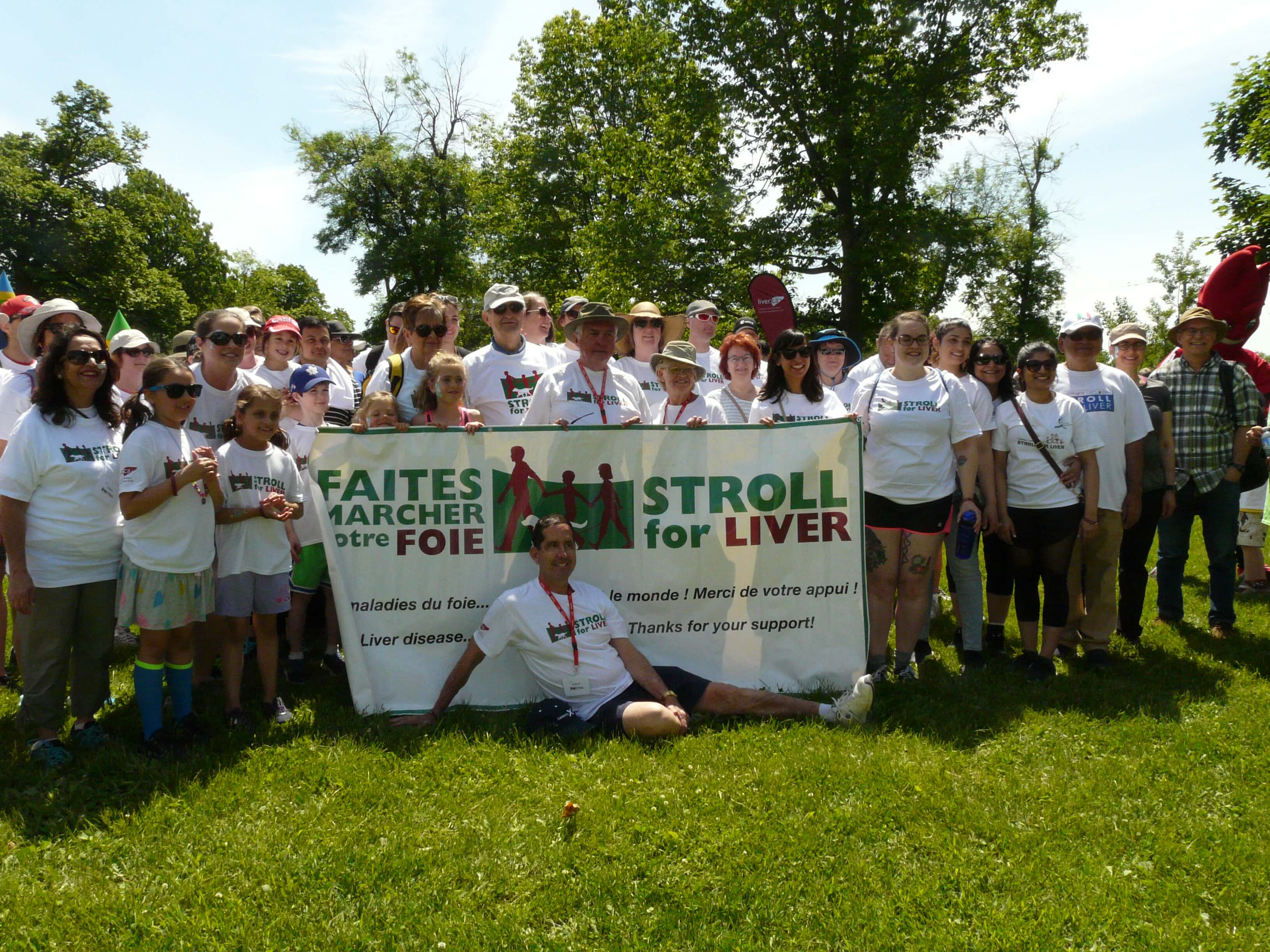
Having been taken by surprise by her liver disease diagnosis, Debbie remains committed to raising awareness and helping to fundraise for liver research so others will not have to endure the terrible experiences she has.
“I have joined the CLF volunteer group here in Ottawa and have raised funds at every Ottawa Stroll for Liver since 2012,” says Debbie. “I’m continuing to share my story with many who are waiting on the transplant list and others who were diagnosed with NASH as well.”
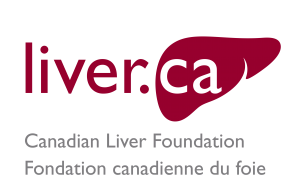


Really touching stuff.
Touching story….having been diagnosed with the same condition last August 2018, I find this story very uplifting. I live in New Brunswick and I find that there is not enough information regarding this disease. Not sure where to begin such as the type of diet and exercise program to undertake, it would be nice to get more information regarding this. My specialist has told me to eat no salt, no fat and that is it. I am sure that I could do more ….and was wondering if this condition is reversible with healthier diet and exercise only. This is my starting point for more information.
Best of luck for a continued recovery.
Hi Micheline,
Thank you for your comment, we’re sorry to hear about your diagnosis. There is certainly a lot you can do to help manage non-alcoholic fatty liver disease if caught early enough, including diet and exercise. To best inform you, we recommend calling our National Support Line toll-free at 1 (800) 563-5483 Monday to Friday from 9 AM to 5 PM EST or emailing us anytime at clf@liver.ca. For more information to help guide you in the meantime, please visit liver.ca/checkyourengine. Thank you.
Bonjour moi j’ai été diagnostiqué en mai 2018 une stéatose hépatique chronique non alcoolique mon médecin ma conseillé le régime cétogène ou méditerrané, mais moi mon problème c’est mon métabolisme qui ne fonctionne pas bien, la question que je me pose comment fait t’on pour savoir si cela fonctionne peu importe le régime que nous choisissons a part de passé un scan. Avez-vous des conseils à me donner.
Bonjour Nicole,
Merci pour votre question. Nous sommes désolés d’apprendre de votre expérience avec la stéatose hépatique non alcoolique (NAFLD), mais nous sommes heureux que vous essayiez de mener une vie plus saine. Malheureusement, le seul moyen de savoir avec précision si les choix de votre style de vie, tels que le régime alimentaire, ont réduit la quantité de graisse dans votre foie consiste à effectuer des tests médicaux tels qu’une échographie. Pour le savoir, nous vous conseillons vivement de consulter votre médecin. En attendant, réduire votre indice de masse corporelle (IMC) à moins de 25 et réduire votre tour de taille à moins de 88 cm vous aideront à réduire votre risque de vivre avec NAFLD.
Merci!
Replying to Micheline:
Fat does not hard our liver (unless it is deep fried). Sugar is the biggest culprit. Stay away from processed foods, and white potatoes, white flour and white rice.
Hi Judi, thanks for the comment.
The most common causes of fatty liver disease are being overweight or obese, a sedentary lifestyle, and poor diet. Fat in the liver typically develops when a person consumes more fat and sugars than his or her body can handle. This disease tends to develop in people who are overweight or obese, particularly if they have a lot of fat around the middle of their body (waist). However, it can also develop in a person whose body weight is in the healthy weight range, but who typically eats a lot of sugary and fatty foods and who has extra fat around the waist.
To address and prevent fatty liver disease, a nutritious, well-balanced diet together with increasing activity level and exercise is recommended. A well-balanced diet consists of good carbohydrates, good fats (lower fat, but good fat) and an adequate amount of protein. If one needs to lose excess weight, it is advisable to achieve the weight loss in a gradual and sustained manner through increased activity and a proper diet that’s low in saturated fats and simple sugars, and high in fibre.